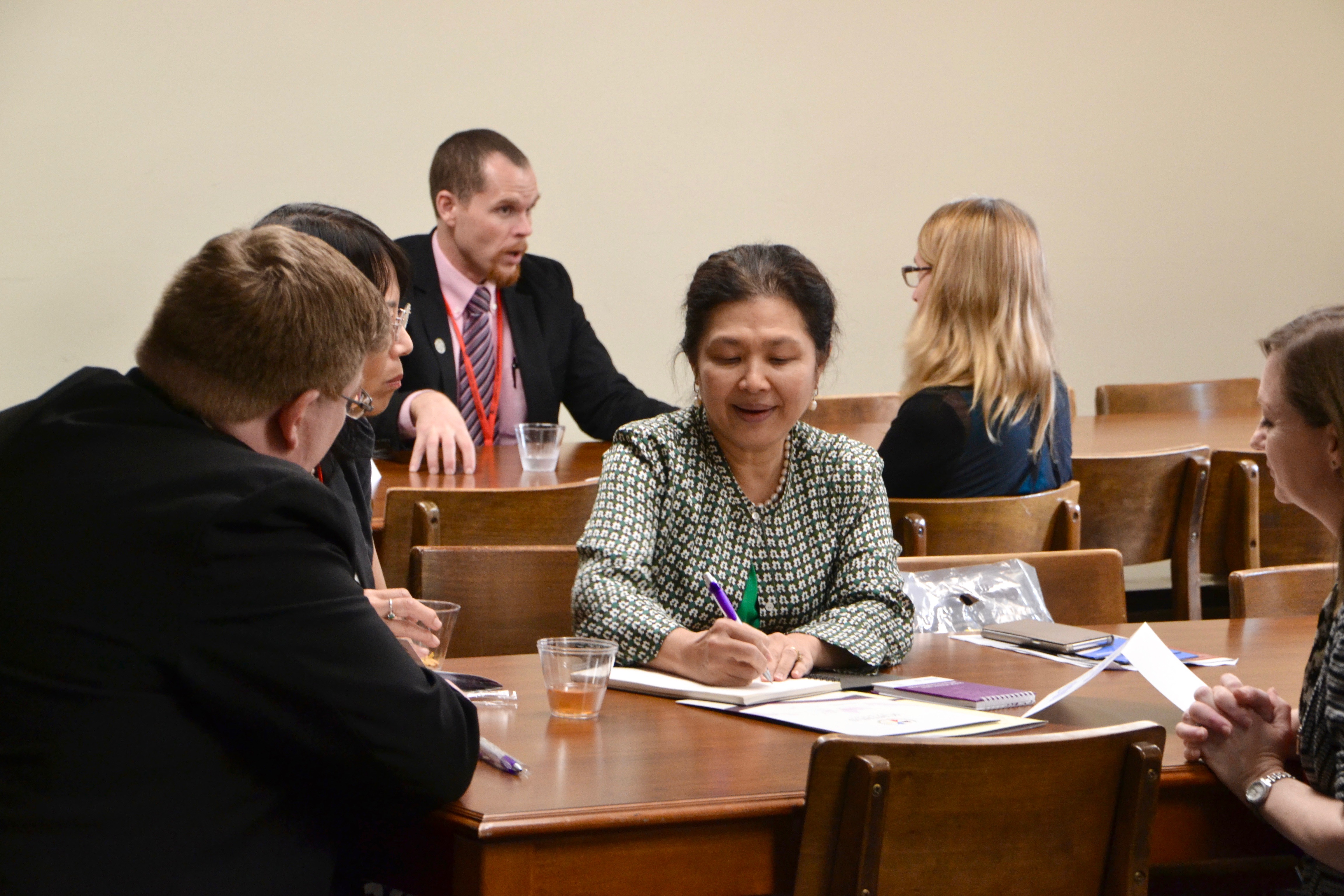You’re sitting in a parking lot, the radio clicks on and it’s garbled information about someone needing help.
You turn on the lights and sirens and race over. You arrive, and they’re lying on the floor. What do you do?
My name is Erik Johansen, and I’m an EMT. A regular 12 hour shift can have any number of these scenarios. We study, train and perform clinical rotations in emergency rooms and ambulances to prepare for situations just like those.
Being the first one on the scene for an emergency can be a frightening. Sometimes it’s a life and death situation; other times, someone might just need a bandage or some help after a fall. The range of possibilities is endless.
You may have been on the other end of an emergency or have been the one calling for help. I’ve heard stories from colleagues of situations I never hope to find myself in and other stories where I wish there were something I could have done to help.
Being an EMT can be a stressful job, but it can also be very rewarding. You hold the ability to assist in dire situations and be there to help calm loved ones while lending a helping hand.
Just over a year ago, I was certified as an EMT. My experiences and training have given me a new confidence and a new view of the world. Not only do I find the science and medicine fascinating, but I also enjoy having the knowledge and preparation to aid others. While not everyone should or even wants to go out and get trained and certified as an EMT, even taking a CPR or first aid class is a great step to take.
You never know when someone while out eating, shopping, or enjoying a show could have a heart attack or become injured. Prevention is great, but knowing how to act and what to do in an emergency is irreplaceable. Knowing how to perform CPR could save someone’s life and change their future.
Less than 10 percent of people survive heart attacks outside of the hospital, and one of the causes of this low statistic is that simply not enough people know what to do. Alabama has a Good Samaritan Law that protects both trained and untrained responders who act in a time of need. Taking a CPR or first-aid course or at the very least watching a YouTube video and practicing at home could save someone’s life.
Sacrificing a little free time to learn CPR or first aid could make a huge difference in someone’s life. Classes are taught all over, and there are numerous resources online to help learn these invaluable skills. The next step may be going on online and buying a small first aid kit to keep at home or in the car. Whatever it is, let’s improve that statistic and help change tomorrow and the future.
Erik Johansen, Writer




